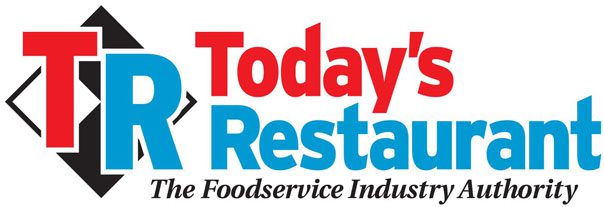
Improved 2024 Outlook with Remaining Labor Challenges, and Other Risks
By Stefan Burkey
The U.S. restaurant industry will continue to work through the effects of the pandemic in 2024, but that doesn’t mean the challenges that remain are easily dispelled.
Even though cooling inflation is a positive, it’s still running ahead of the Federal Reserve’s 2% target and has not yet created cost relief. Stubbornly high interest rates also keep operators squeezed by long-term debt and revolving credit lines.
But the leading drag on the industry are its labor woes. The persistent shortage of people is aggravated by inflationary pressures on wages as well as new minimum pay requirements. Another growing risk: nuclear verdicts driving up the costs of liquor liability insurance.
Those restaurant organizations that closely monitor and manage such risks will be best positioned to ride out the turbulence. Here’s an overview.
Dealing better with labor pains
The industry needs more people. Full-service cafeterias and grill buffets are the segments experiencing the biggest struggle. Quick service, fast casual and bars and taverns have exceeded where they were in February 2020. As of the end of 2023, the industry is still 14,000 jobs behind the pre-pandemic level.
Nearly 75% of the industry executives surveyed in the HUB International 2024 Outlook Executive Survey said this has affected their business’ vitality, leading over half to sharpen their employee recruiting practices.
In addition, many employers are responding to the tight labor market by sharpening their focus on employee experience to provide personalized benefits that speak to the individual’s needs and wants. Older workers, for example, might prioritize prescription drug benefits and a robust retirement plan. Younger employees might be less interested in a comprehensive health plan, but more interested in telehealth and mental health counseling services.
In fact, offering wellness benefits that cover mental health services would solve a lot of the industry’s ills. The environment, marked by ongoing disruption and uncertainty, has created a huge burnout problem. With their mental health affected, 42% of foodservice frontline workers currently want to leave their jobs.
Many are realizing that well-being benefits do make a difference, reducing recruiting costs and sick days taken as well as promoting employee satisfaction.
Liquor liability, wage and hour risks grow
Nuclear verdicts over violations are increasingly common. One Miami bar, for example, was ordered to pay a whopping $95 million for damages stemming from a drunk driving incident.
It’s a continuing problem into 2024, making it critical to have adequate liquor liability insurance. But it can be hard to get and very costly. Managers need to tighten their practices with fine-tuning and documenting policies, and training to help avert over-serving. Conflict resolution training is also a must.
Another potential issue in 2024 is the risk of wage and hour violations as higher minimum wage requirements take effect. This can get complicated, raising concerns like maintaining a fair pay gap between more experienced staff and minimum wage employees, and compensating fairly for tipped versus non-tipped work.
One of the impacts will be on employment practices liability insurance in 2024. Insurers are adding wage and hour exclusions to policies and reducing limits in response to class-action litigation filed by servers and other front-of-house staff.
Preparing for whatever comes
By consulting a broker before renewal, owners show underwriters their commitment to risk reduction as well as their plans for mitigating potential exposures. It’s the best way to secure coverage at the best terms and prices. Some guidelines:
- Thoughtfully lean into risk. Factors such as high interest rates and nuclear verdicts make insurance more expensive. Alternative insurance vehicles like captives can provide access to insurance capacity. Look for guidance on insurance strategies aligned with your risk profile and budget.
- Increase workforce engagement through benefits. Hospitality companies with a benefits strategy based on personalization that foster a quality employee experience (QEX)will boost engagement, have an advantage in recruiting and retention and lower risk as well.
- No surprises. Share with your broker any changes to the business to avoid surprises at renewal. Exposures and insurance needs should be reviewed at least 90 days prior to policy renewal, so your broker can identify the best options.
About the author
Stefan Burkey is the hospitality practice leader for HUB International Florida. In this role, he oversees insurance placement solutions for owners, developers, and operators from limited-service hotels to full-scale resorts. Stefan and his team clearly understand the financial needs and exposures associated with the hospitality industry, and their singular focus has generated profound market knowledge and significant buying power for HUB clients throughout Florida and the U.S.
To read more great articles you can us, visit www.trnusa.com/blog





Recent Comments